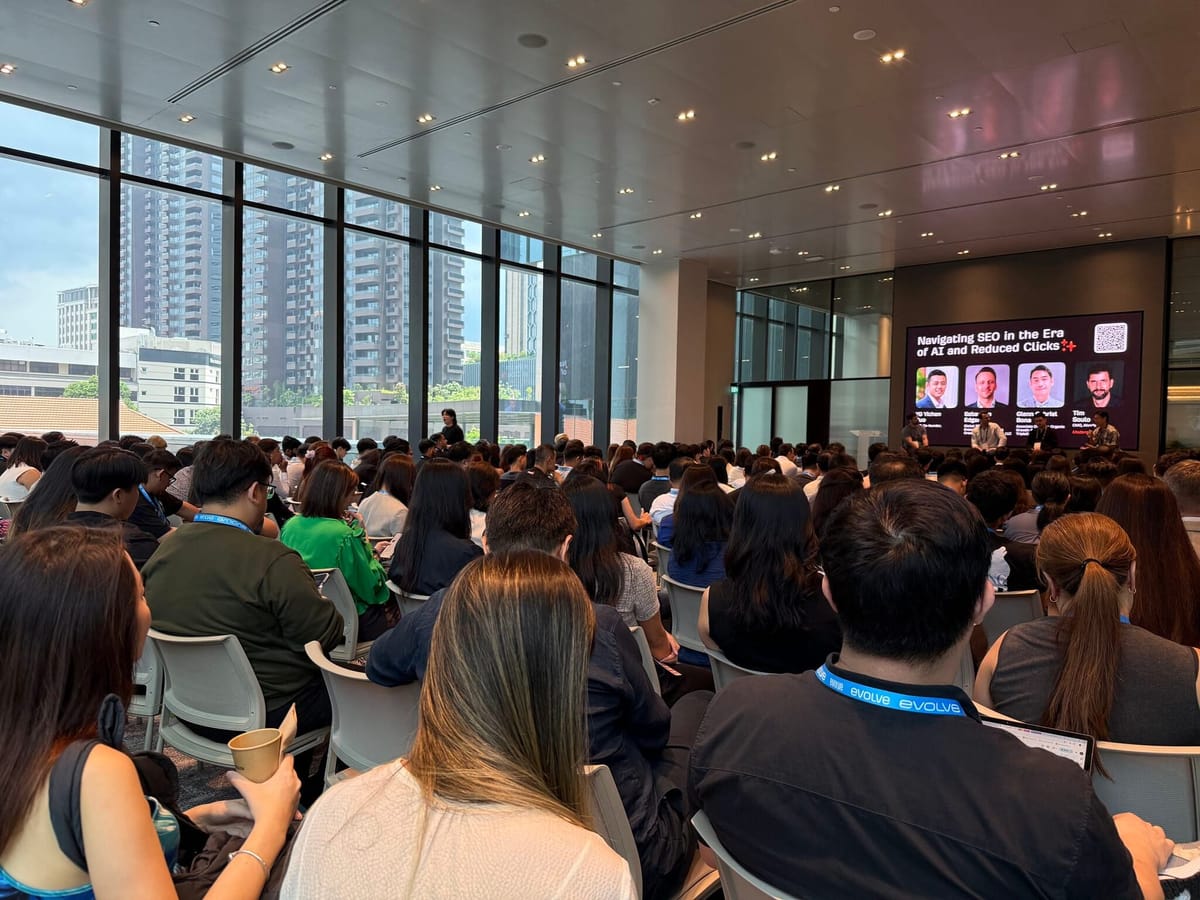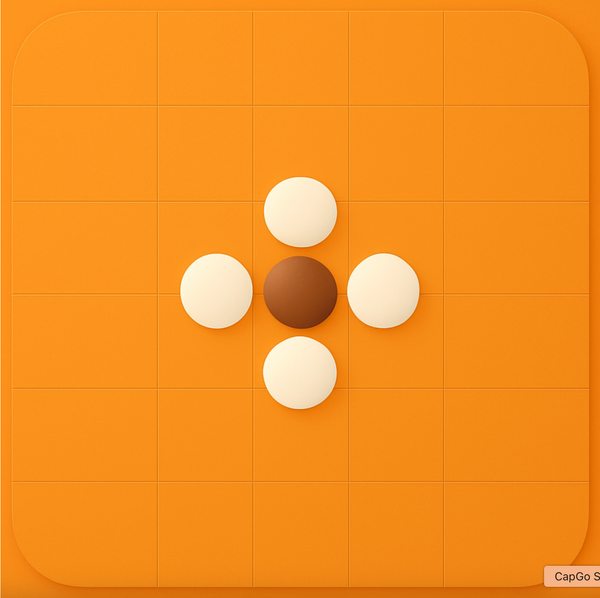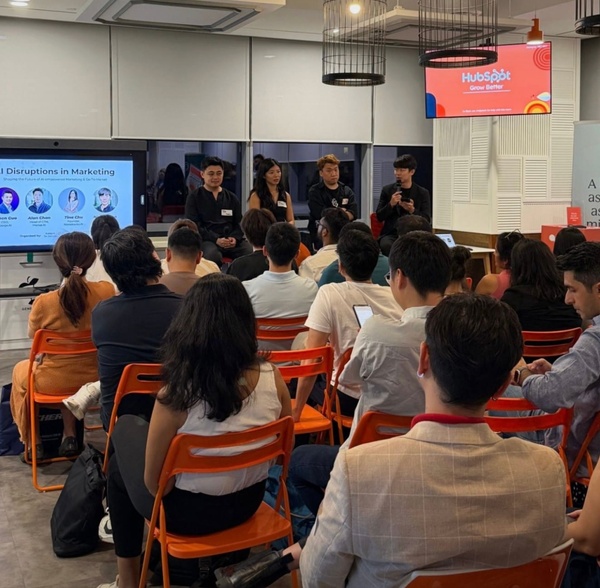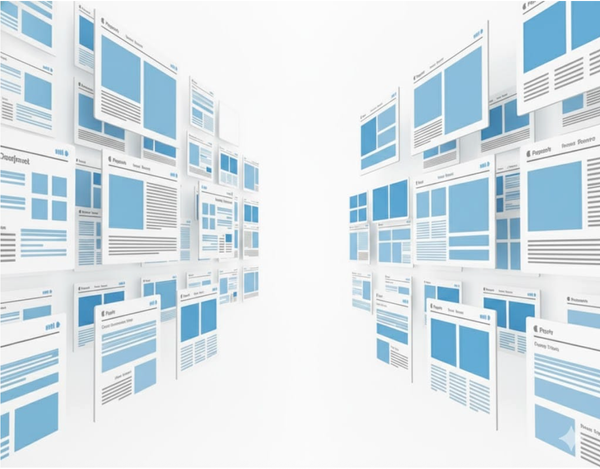SEO Core: Focus on the 5% that delivers 95% of the results

1. Technical Foundation - Website Structure and Crawlability
Ensuring that search engines can crawl and correctly understand pages is the foundation of all optimization.
✅ Rendering Mode:
- Determine whether the website uses front-end rendering (CSR), back-end rendering (SSR), or hybrid rendering.
- Avoid JS blocking crawling: Ensure Googlebot can execute critical JS content or use pre-rendering services (e.g., Rendertron).
- Use tools to test crawling: Google Search Console's “URL Inspection Tool,” Screaming Frog, etc.
✅ Internal Linking Structure:
- A clear tree-like structure with important pages accessible within 3 clicks.
- Include 10+ internal links per page.
- Use keywords as anchor text for internal links to enhance relevance.
- Ensure all important pages have entry points to avoid isolated pages.
2. Keyword Intent Alignment
✅ Match user search intent:
- Understand the intent behind keywords: navigational, informational, transactional, or comparative.
- Page types must align with intent:
- Product pages should align with transactional intent;
- Article pages should align with informational intent;
- Category pages should align with navigational intent.
✅ Content and layout should match user needs:
- Pages should comprehensively address user questions and fully satisfy search intent.
- Avoid misattribution.
- Page quality should surpass that of the top-ranked page for this search term.
3. Content Strategy - Authoritative and Well-Structured Content
✅ Longer text yields better results
- Recommended text content > 800 words, especially for category pages, product pages, and special topic pages.
✅ Supplementary content formats:
- Use high-quality charts, FAQs, and comparison tables to enhance page authority and structure.
- Rich media such as videos, images, and PDFs also help improve page comprehensiveness.
4. Continuous optimization & feedback mechanism
✅ Keyword → Page Type → Optimization Loop:
- Establish a keyword monitoring system to track keywords and their corresponding traffic pages.
- Determine if the page is suitable for the keyword intent; if not, optimize the title.
- Observe if the description actually crawled by Google (the part displayed in the SERP) matches your settings.
- Continuously A/B test the Title, Meta Description, and page layout.
✅ Tool Assistance:
- Use GSC to query click-through rate (CTR) and impressions to identify opportunity keywords.
- Use GA to observe bounce rate and dwell time to assess content appeal and relevance.
- Use Ahrefs/SEMrush/Webmaster Tools to view keyword coverage and competitive landscape.
📊 Summary Table: SEO Key Elements Comparison Chart
| Module | Key Actions | Purpose and Benefits |
|---|---|---|
| Page Crawlability | Render detection, Robots.txt, Sitemap | Ensure search engines can read full page content |
| Internal Link Structure | Keyword anchor text, shallow links, avoid orphan pages | Improve weight transfer efficiency, aid crawling and understanding |
| Search Intent Alignment | Match intent type (transactional/informational/navigational), clear content hierarchy | Increase page relevance and user satisfaction, reduce bounce rate |
| Content Structure | >800 words, charts/graphs, FAQ, structured data | Enhance authority, SERP display effects, improve SEO score |
| Meta Tag Optimization | Contains keywords, attracts clicks, character count control, continuous SERP monitoring | Improve click-through rate and keyword coverage accuracy |
| Keyword Tracking and Feedback Mechanism | Observe keywords → page reception → content and tag adjustments | Establish a closed loop, continuously optimize pages and weight allocation |



